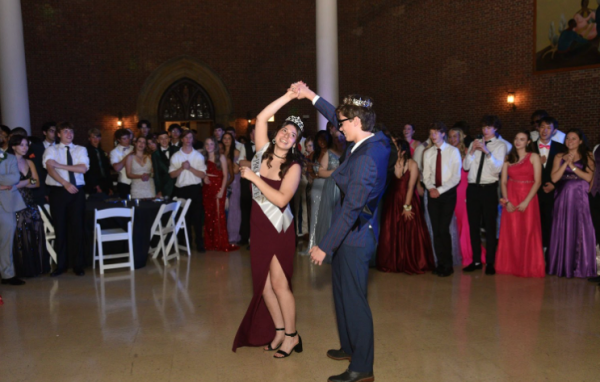Wealthy, inside and out
The intersection of wealth and beauty

Over the most recent Black Friday weekend, British actress Jameela Jamil took to Twitter in a rage. “The Good Place” star was publicly calling out celebrities like Cardi B and Khloe Kardashian for their promotion of “flat tummy teas,” and similar products. According to flattummy.co, their products are designed to “cleanse and debloat” using traditional cleansing ingredients, which Jamil claimed were actually laxatives. According to their website, Flat Tummy Co. products contain senna and cassia charaemista, herbs with laxative properties.
Laxatives don’t actually aid in weight loss, as they don’t affect the absorption of calories by the body but rather stimulate contractions of the lower digestive tract. Use of these teas may give users the highly sought-after flat stomach, but only for a day or so. Jamil finished her Twitter rant by tweeting, “Give us the discount codes to your nutritionists, personal chefs, personal trainers and plastic surgeons you bloody liars.”
Due to their droves of followers and seemingly flawless lives (and bodies), celebrities and social media stars are key in marketing beauty products or kickstarting trends. Many celebrities have their own beauty brands as well, such as Kylie Jenner and her makeup line “Kylie Cosmetics.” These products are promoted as the tools women need to fix their appearance and copy celebrity looks.
But getting a body that’s #goals is pricey. Flat Tummy Co. sells their beginning detox cleanse for $49. A Kylie Cosmetics makeup palette can cost nearly $95 on Amazon.com. Couple these costs with the price of clothes, high-end organic foods, fitness programs, and other body care items, and it’s no wonder a poll by online retailer SkinStore found that woman can spend over $300,000 in their lifetime just on products for their face. A poll by Groupon found that women spend nearly $177,500 a year on “beauty maintenance and body care.” For a lot of women, that’s way out of their budget.
Poor women can’t afford to meet society’s standards of beauty, and that alone can be damaging. A study released by Yale University found that strangers perceive attractive people differently, and assume they are more intelligent, healthier, and friendlier than a less attractive counterpart. In the workplace, women who wear makeup are seen as more competent and trustworthy, according to a study from Boston University. The “beauty premium” is a phenomenon recognized by economists to describe how more attractive people make higher wages than their peers for the same work. It pays to be pretty, but many women can’t afford it.
Beauty is a sign of status. Wealthy people can afford to change their appearance how they see fit, as they’re more likely to have an excess $300,000 or more laying around to spend on high-end makeup, personal trainers, and designer clothes. It makes sense that because the wealthy can afford to live up to beauty standards, that they set them as well. Throughout history, what was considered beautiful was what nobility and the upper strata of society looked like. During the Renaissance, plump, fat women were highly desirable because it was a sign that they could afford to eat well. The Victorians liked snow-white skin and clear complexions because it implied that a woman didn’t do manual labor. Celebs, Instagram models, and Youtube Beauty Gurus are considered the most beautiful because they define what beauty is.
Are all Instagram models con artists? Maybe not. However, according to HopperHQ, an Instagram analysis tool that records public data, Kylie Jenner makes $1 million per sponsored post. The amount a company pays to social media stars to promote their products depends on how many followers they have and how frequently they post. While some beauty influencers may simply be trying to make a quick buck, it seems that big-time celebrities care more about the money than the wellbeing of their fans. This promotional system helps the rich get richer.
The average woman can’t afford to hire a personal trainer, eat nothing but organic superfoods, recolor their hair once a month, and shop regularly at Sephora. Beauty standards pushed on women and young girls by social media and celebrity influence are unattainable, unaffordable, and in some cases harmful. Wealth and beauty are distinctly linked; beauty is an exclusive concept for the upper class as they set the standards, and then they’re the only ones who can afford to alter their bodies in such a way to fit those standards. Maybe she’s born with it, maybe it’s the money in her trust fund.





